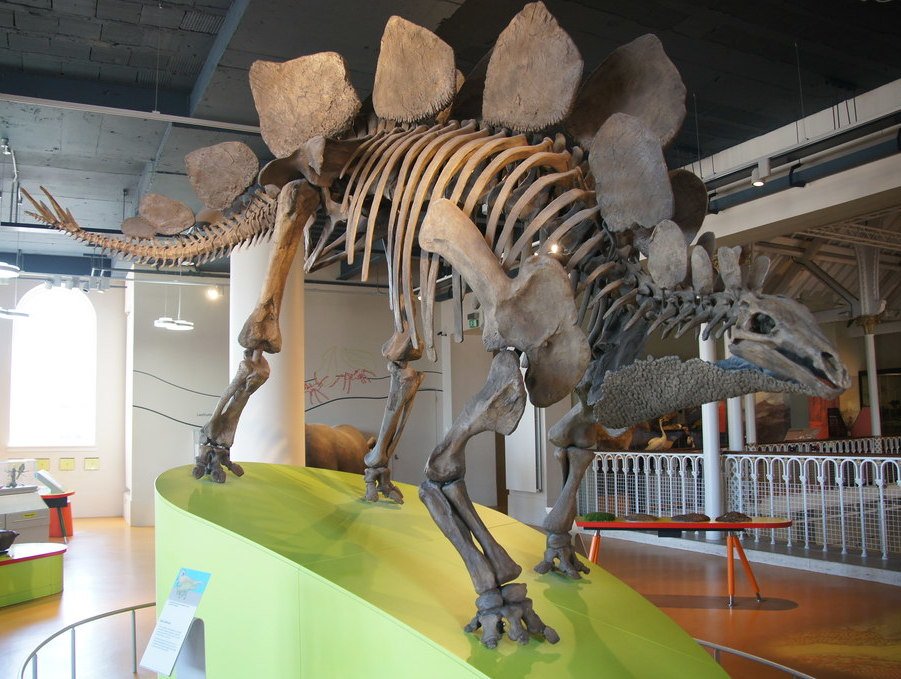Imagine a creature so enormous, so mind-bogglingly vast, that it needed not one, but two brains just to function. For decades, this idea captured the imaginations of kids, scientists, and movie-goers alike. Picture a massive dinosaur, lumbering across prehistoric landscapes, with a brain in its head and another in its tail—a bizarre backup system from a different age. But what if this story, as wild and fascinating as it sounds, is more myth than reality? Get ready to journey through the tangled history of dinosaur brains, where science, speculation, and a touch of human wonder collide.
The Birth of a Paleontological Legend

The notion of a two-brained dinosaur didn’t come from a Hollywood blockbuster or a comic book. It was born out of early paleontological discoveries in the late 19th century, when scientists were first unearthing the gigantic bones of dinosaurs like Stegosaurus and Apatosaurus. The fossils showed these creatures had tiny skulls—shockingly small compared to their bodies. This oddity sparked wild theories: how could such a massive animal function with such a tiny brain? The answer, some thought, must be a second brain hiding elsewhere in the body. It was a theory fueled by curiosity, confusion, and the irresistible human urge to fill in the blanks.
What Did Scientists Really Find?

Digging deeper into the fossils, paleontologists noticed a mysterious cavity in the hips of some giant dinosaurs, particularly the Stegosaurus. This cavity, called the “sacral enlargement,” was much bigger than the braincase in the skull. Early researchers, lacking today’s advanced technology, speculated that this space housed a second brain. It seemed logical at first glance—after all, nature is full of surprises. But as more evidence came to light, this theory began to look shaky. The cavity was real, but what filled it wasn’t another brain.
The Stegosaurus: Poster Child of the Myth

Stegosaurus, with its double row of bony plates and spiked tail, quickly became the mascot for the two-brained dinosaur idea. Its tiny head, perched atop a long neck, looked almost comical compared to its bulky body. The myth gained traction in textbooks, museums, and popular culture. Artists painted dramatic scenes of Stegosaurus using its “tail brain” to coordinate defenses or move its massive body. But as paleontology matured, this image began to crumble. Scientists realized that the Stegosaurus’s “second brain” was a misinterpretation of anatomy, not a real neural center.
The Anatomy of Confusion: Sacral Enlargement Explained
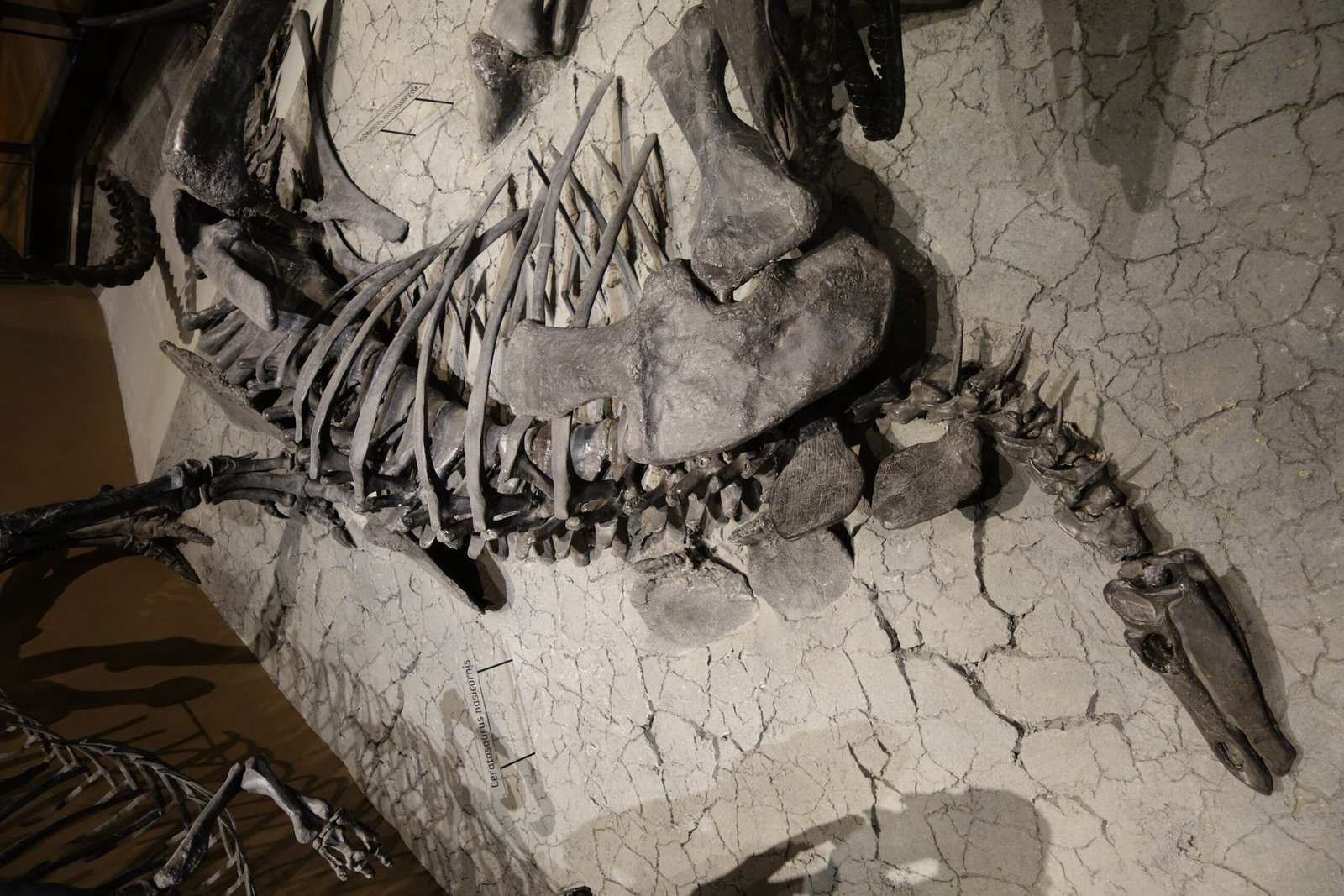
So what was really in that mysterious hip cavity? The sacral enlargement is actually an expansion of the spinal cord, not a true brain. In modern animals like birds and reptiles, similar enlargements exist and are packed with nerves that control the hind limbs and tail. It’s not a thinking organ—more like a complex relay station. Imagine a busy train hub, where signals are routed efficiently but no decisions are made. The “second brain” was just a bundle of nerves helping the dinosaur move its legs, not a backup headquarters for complex thoughts.
Brains, Bodies, and the Limits of Imagination
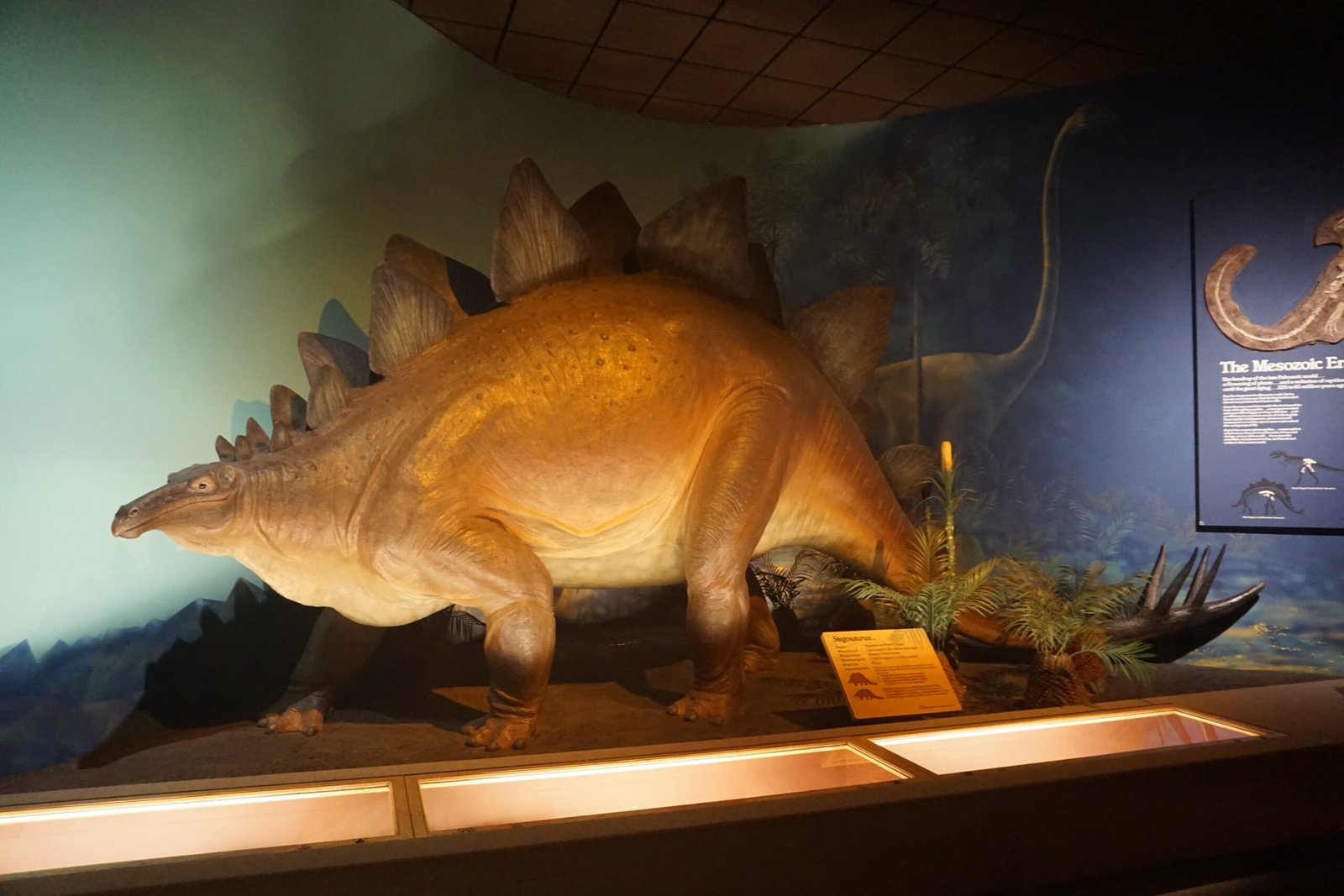
Why was the two-brain idea so appealing? Partly, it’s because the scale of dinosaurs challenges our sense of what’s possible. When you see a creature the size of a bus with a brain smaller than a walnut, it’s hard to believe it could survive. But nature doesn’t always follow human logic. Dinosaurs evolved efficient systems for their needs, just as elephants and giraffes do today. The myth of the two-brained dinosaur is a testament to the power of human imagination—and our tendency to fill gaps in knowledge with dramatic stories.
Comparing Dinosaurs to Modern Animals
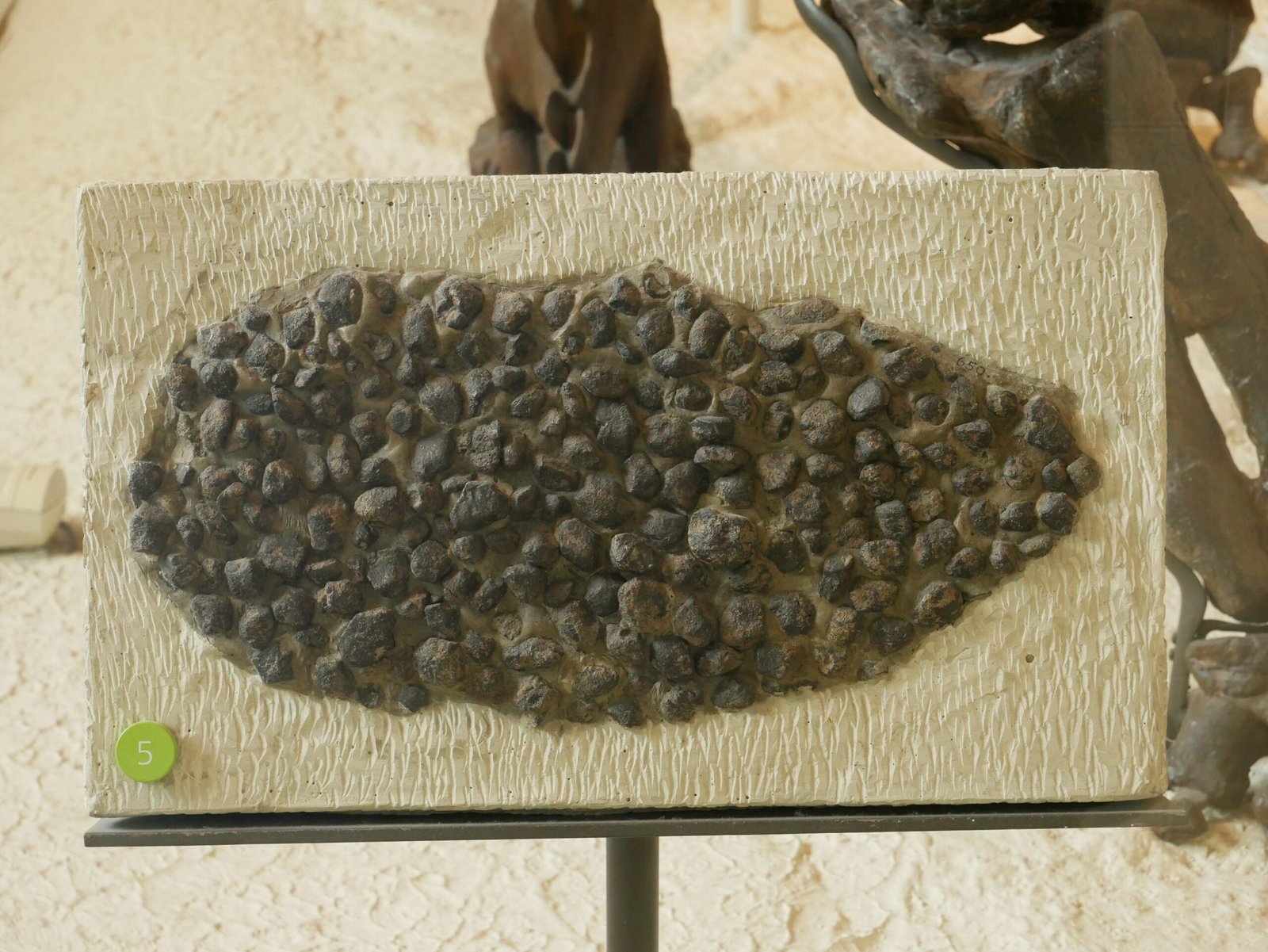
If dinosaurs didn’t have a second brain, how did they manage their enormous bodies? Today’s animals provide clues. Birds, the closest living relatives of dinosaurs, have small brains relative to their size but are incredibly agile and intelligent. Crocodiles, too, rely on complex spinal cord networks to control their tails and limbs. These examples show that brains aren’t just about size; it’s how they’re wired and what they control. Dinosaurs likely used similar networks of nerves, making the idea of a second brain unnecessary.
The Role of Nerve Centers in Animal Movement
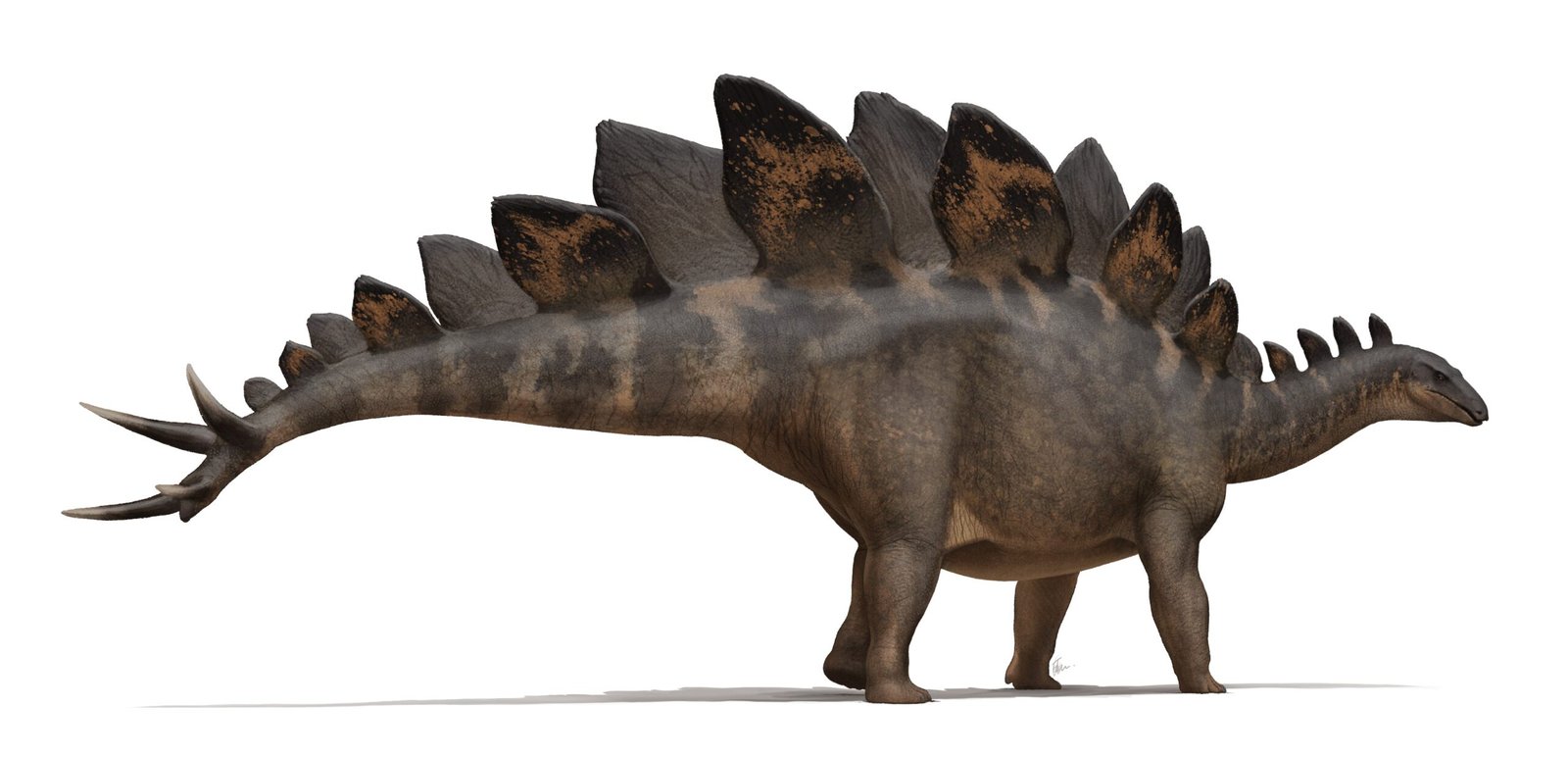
The spinal cord acts as a highway for nerve signals, with specialized clusters called ganglia managing local reflexes. In some animals, these clusters are so advanced they can control basic movements even if the brain is damaged. For a dinosaur, the sacral enlargement was a kind of nerve “amplifier,” helping coordinate massive muscles in the hips and tail. It’s a marvel of evolution—no less impressive than a second brain, but rooted firmly in reality.
How Myths Take Root in Science
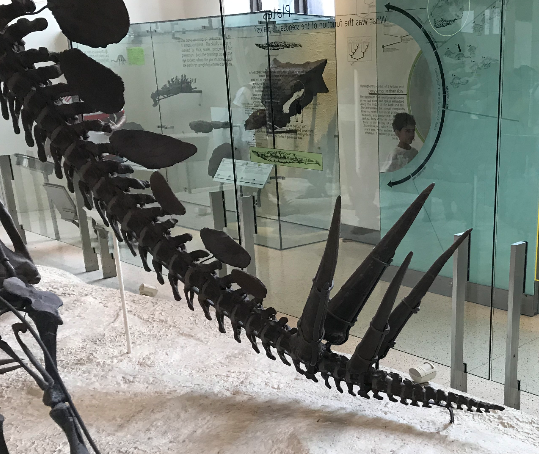
The history of science is full of spectacular mistakes and bold guesses. The two-brain myth spread because it was easy to understand and made dinosaurs seem even more mysterious. Even respected scientists repeated the story, and it made its way into children’s books, documentaries, and museum exhibits. Myths like this show how science is a living process—always changing, always correcting itself as new evidence comes to light.
The Real Genius of Dinosaur Evolution
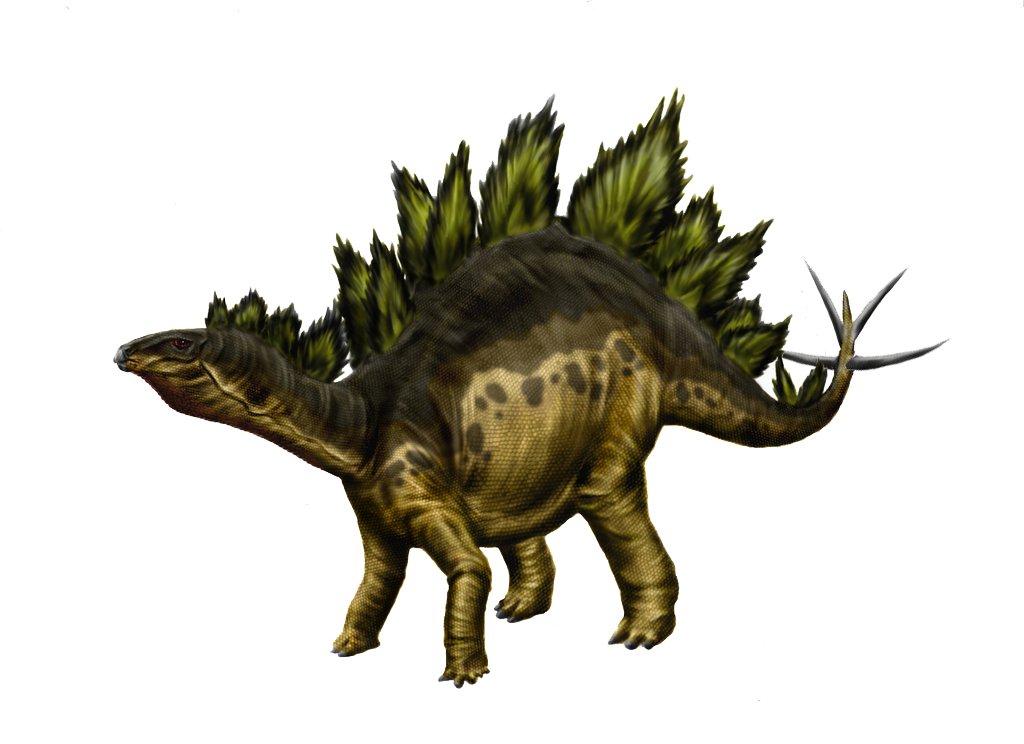
Even without a second brain, dinosaurs were stunningly successful. They ruled the planet for over 150 million years, adapting to all kinds of environments. Their brains, though small, were perfectly suited for survival. Some species, like the raptors, evolved larger brains and keen senses, while others relied on brute strength and size. The real story is not about having two brains, but about how evolution shapes creatures to fit their worlds in ways we’re still learning to understand.
The Power of Prehistoric Storytelling
Stories about dinosaurs ignite a sense of wonder that few other topics can match. The idea of a two-brained giant is more than just a scientific error—it reflects our endless curiosity about the past. These tales inspire future scientists to ask questions, to dig deeper, to imagine what life was really like in the age of giants. Even myths can have value if they spark new discoveries.
Why Size Isn’t Everything in the Animal Kingdom
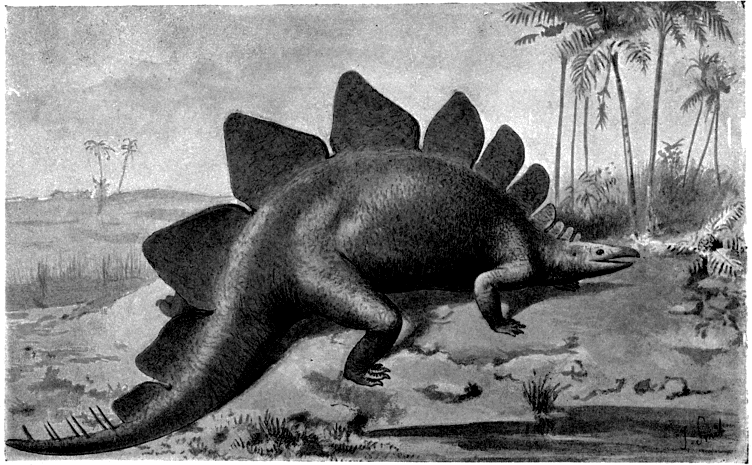
It’s tempting to judge intelligence by the size of the brain, but nature doesn’t work that way. Ants and bees have minuscule brains but achieve astonishing feats of coordination and problem-solving. Whales have enormous brains, but their intelligence is shaped by social needs and sensory worlds very different from ours. Dinosaurs, too, were products of their time—neither stupid nor super-geniuses, just uniquely adapted to their world.
Modern Technology Sheds New Light

With advances in CT scanning, 3D modeling, and other imaging techniques, scientists can now study dinosaur brains and spinal cords in unprecedented detail. These tools reveal subtle structures and connections that early paleontologists could only guess at. The more we learn, the clearer it becomes: dinosaurs didn’t need two brains. Their nervous systems were efficient, elegant, and perfectly suited for the challenges they faced.
Fossil Evidence and Its Limits
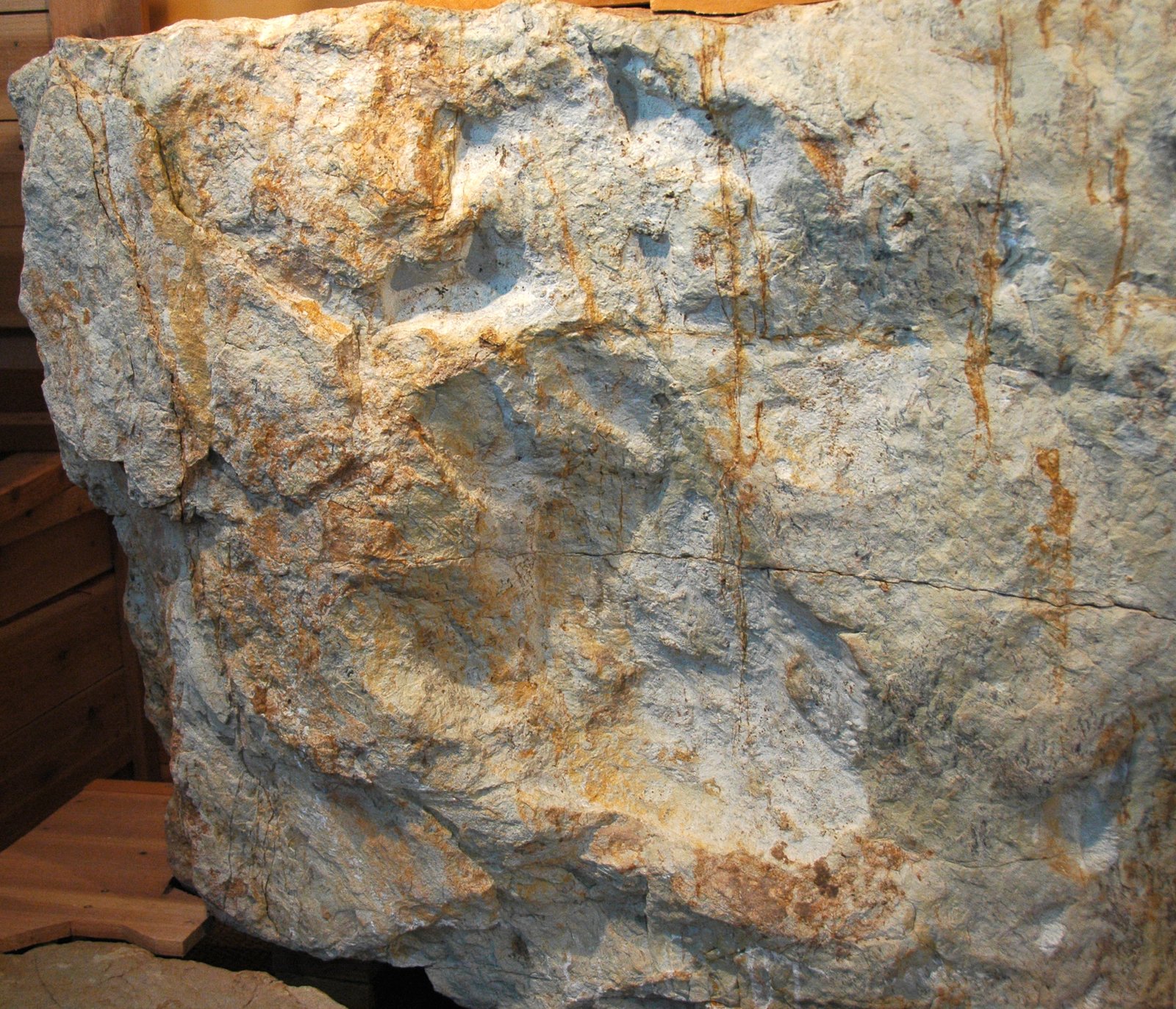
Fossils are amazing time capsules, but they don’t tell the whole story. Soft tissues like brains and nerves rarely fossilize, so scientists must rely on indirect evidence—bone shapes, cavity sizes, and comparisons to living animals. This detective work is tricky and prone to missteps, as the two-brain myth shows. Each new discovery adds a piece to the puzzle, but some mysteries remain tantalizingly out of reach.
The Psychological Appeal of Dinosaur Myths
Why do we love stories about dinosaurs with two brains, or monsters lurking beneath the surface? These myths tap into something deep and universal—a longing for the fantastic, the unexplained, the wild possibilities of a lost world. They offer an escape from the ordinary and a glimpse into a time when life played by different rules. Sometimes, the myths we create say as much about us as they do about the creatures we study.
The Influence of Pop Culture
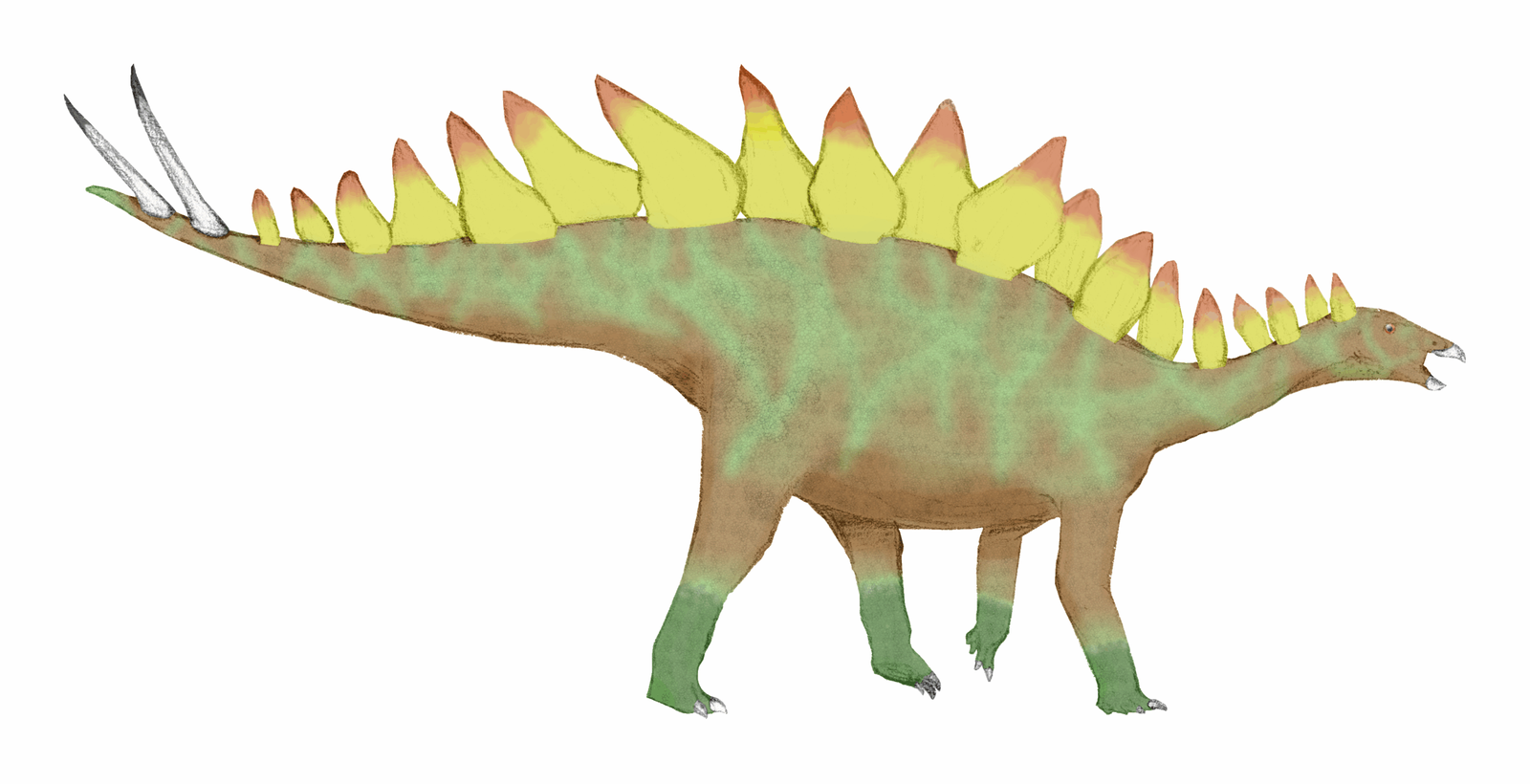
Movies, books, and TV shows have done as much to shape our view of dinosaurs as science itself. The two-brain myth found fertile ground in the popular imagination, appearing in everything from children’s cartoons to adventure novels. These portrayals are often more dramatic than accurate, but they keep dinosaurs alive in our culture—and sometimes, they even help drive scientific inquiry by keeping the public engaged.
Teaching Real Science Amidst the Myths
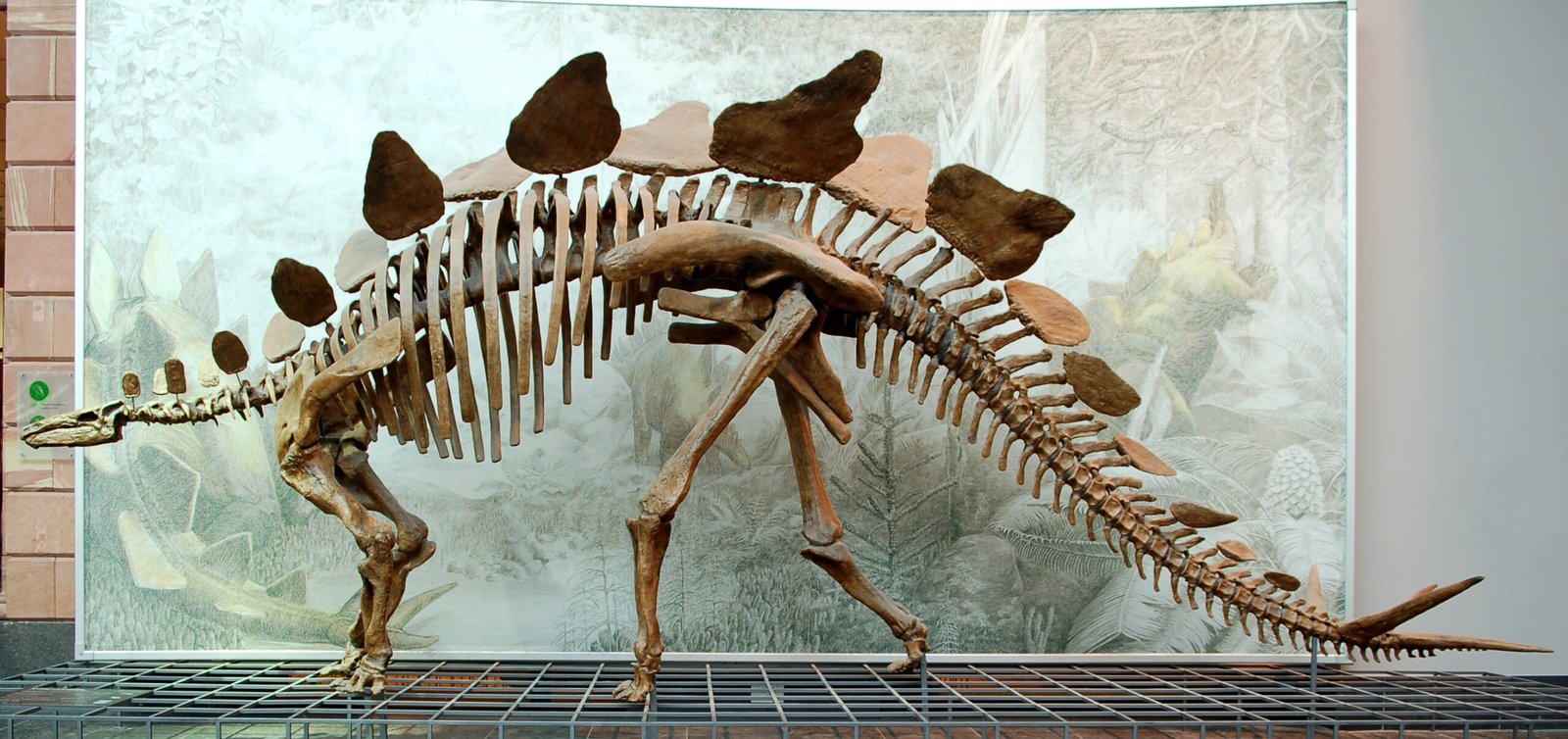
For teachers and museum educators, separating fact from fiction is a constant challenge. The two-brain story is a perfect opportunity to show how science works—how ideas change as new evidence emerges. By sharing the real story, educators can inspire critical thinking and a deeper appreciation for the wonders of the natural world. After all, the truth about dinosaurs is just as fascinating as the myths.
Personal Reflections: The Allure of Prehistoric Mysteries

Like many kids, I was captivated by the idea of dinosaurs with two brains. It sounded like something out of a sci-fi novel—strange, mysterious, and a little bit spooky. As I grew older and learned more, I realized that the real science was even more thrilling. There’s a special kind of magic in peeling back the layers of myth to see the astonishing creatures that once roamed our planet, not as monsters, but as survivors shaped by millions of years of evolution.
The Enduring Fascination With Dinosaur Brains
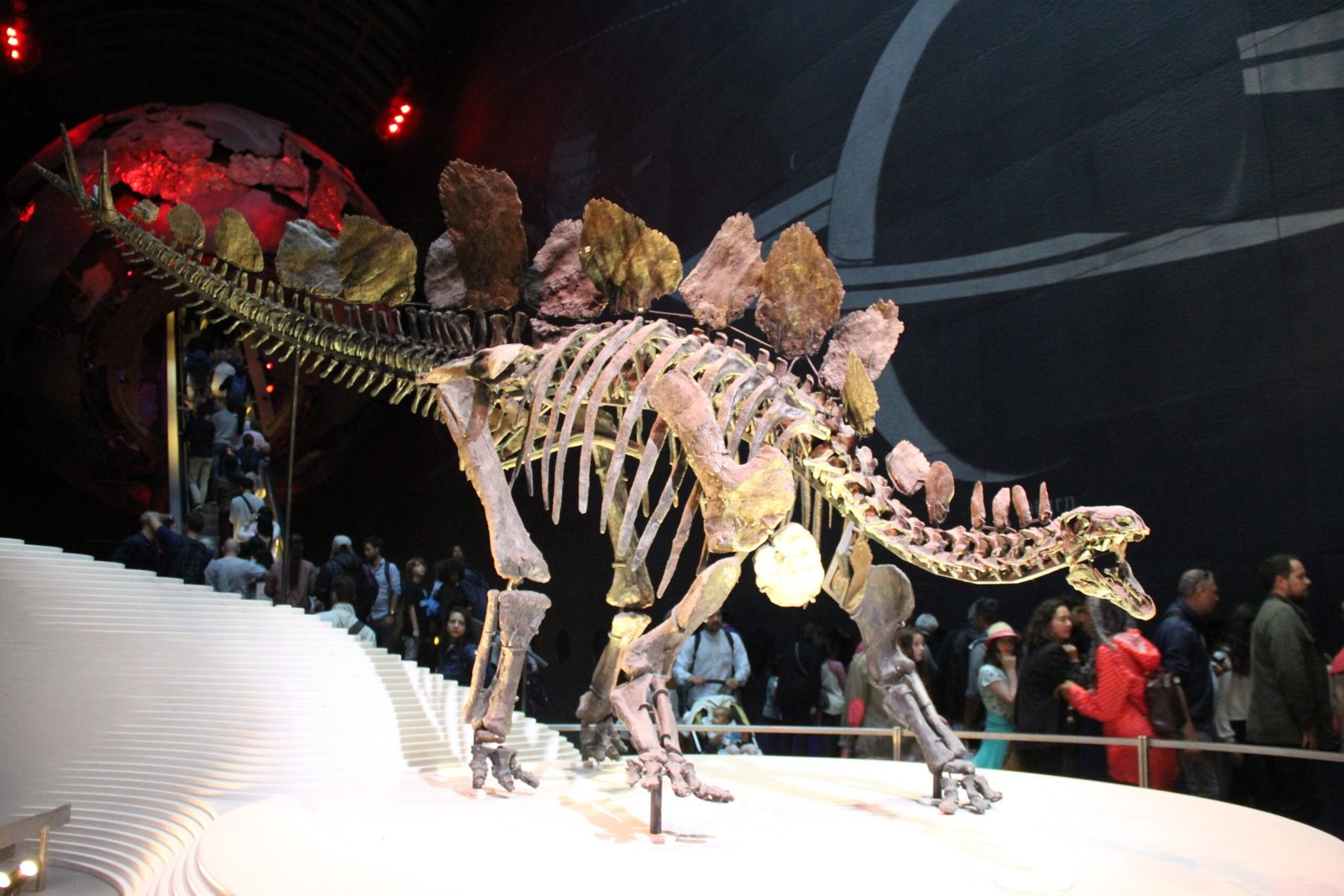
Even as the two-brain myth fades, our fascination with dinosaur intelligence endures. Scientists are still unraveling how these creatures thought, sensed their world, and interacted with each other. Each fossil find, each new study, brings us a little closer to understanding one of the most dramatic chapters in Earth’s history. The journey is far from over, and the questions only get more exciting.
Key Takeaways for the Curious Mind

The myth of the dinosaur with two brains is a vivid reminder of how science evolves. Fascinating stories can sometimes cloud the facts, but they also serve as stepping stones to deeper understanding. Dinosaurs didn’t need a second brain to rule their world; their real secret lay in the remarkable ways evolution equipped them to survive. Next time you see a Stegosaurus at the museum, remember: sometimes, the truth is even stranger—and more wonderful—than the myth.

